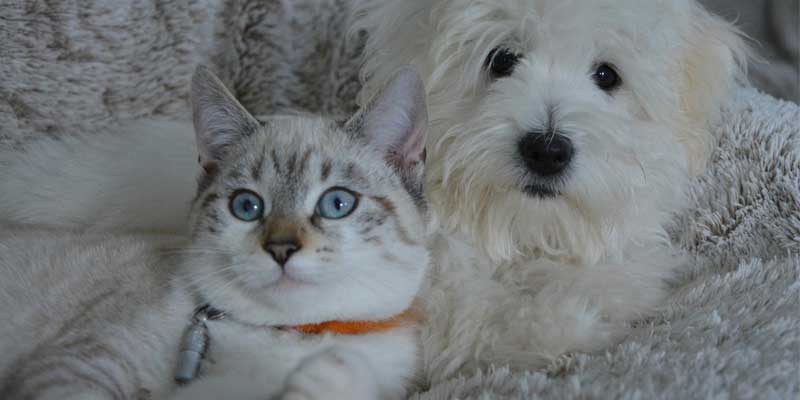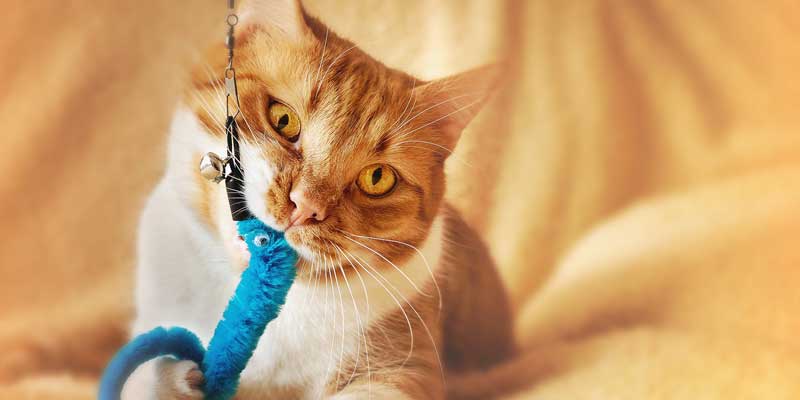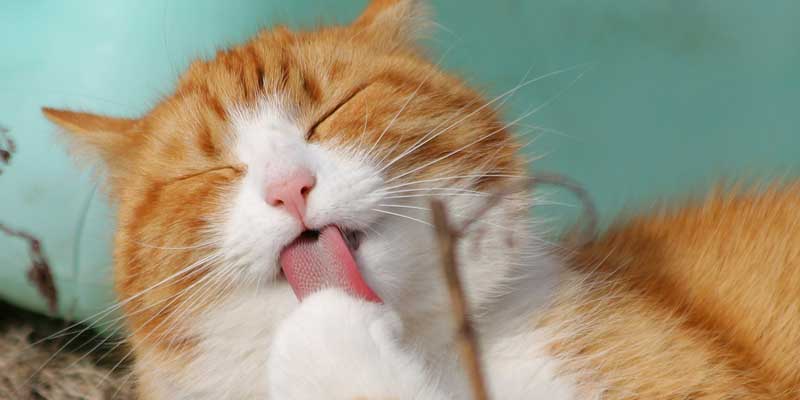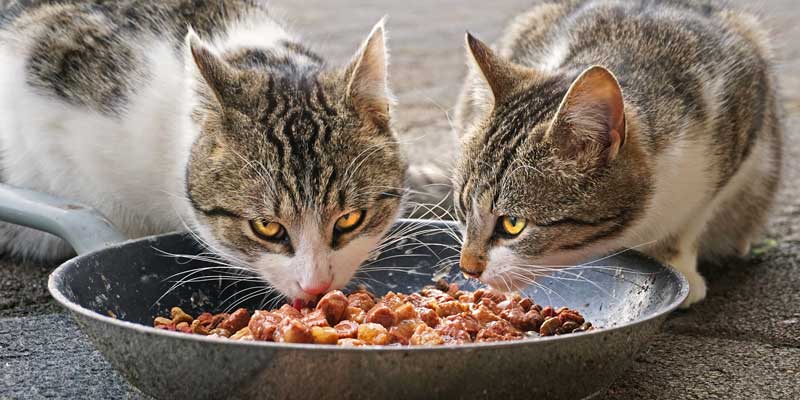
Many people have stereotyped the relationship between dogs and cats for age by pitting them against one another. Dogs and cats are different species, and they might see each other as potential prey. Well, it doesn’t mean that they can’t get along. However, you need to train your pets by keeping their personality in mind.
Best Selling Dog Treats
Last update on 2025-03-11 / Affiliate links / Images from Amazon Product Advertising API
This article will help you know how to get your pet to take on a close relationship with the other pet. So, let’s get started.
Body language of dogs and cats

When introducing your dog to a cat, you need to pay attention to the body language of both pets. If the feline cat is swishing and ears are pinned back, it is clear that he is not happy around the other animal. The best way to do this in such a situation is to separate them.
When the cat is hissing and arching her back, she is not accepting the dog’s dominance. In this case, you should not let your dog chase or pounce on the cat as it may result in serious injury. The worst part is that your dog may try to chase the cat and catch her.
You need to give clear commands for protection for cats and remain alert all the time. Please do not make your dog feel like a leader of the pack because it may lead to dominance issues with your pet. Also, don’t let them meet without supervision first as they might fight if they are not used to each other. Dogs and cats need to know that you one in charge.
10 Tips to Help Your Cat and Dog to Get Along
Here are a few tips to keep in mind to get your dog and cat along:
1- Take Pet Personality into account

Instead of breed, take your pet’s personality into account. If your canine is more aggressive and territorial, then you should keep your pets away from each other.
Also, an old dog won’t love to share his pace with a skittish kitten. At the same time, a scary cat might not be too keen on sharing food with a dog that has never had a reason to be fearful. Fortunately, calm pets tend to be more patient and accept other pets than their territorial counterparts.
2- Train your Dog
It’s just as important to train your dog to act non-threateningly around cats as it is for them to train themselves. Dogs start to develop aggressive behavior at six months old, and most instinctual dogs will continue to show this trait until they’re well into their late teens.
If you’re not able or ready to handle a dominant dog, you can always find a great pet sitter or a dog trainer that can help. Since dogs are pack animals, they will want to feel like the leader. It’s not just a way to show dominance but is also an instinctive behavior that helps keep other canines in line.
3- Stimulate their curiosity

The best way to encourage curiosity is by providing your dog with a cat toy or some other toy that’s been chewed up or has a funny smell on it. The goal is to get the dog to sniff them, and it will help stimulate the dog’s natural prey instinct. This is also an excellent way to get your dog used to the cat.
Even if they like playing with cat toys, some dogs are still worried they may become a meal themselves. Incorporating cat toys in play sessions between dogs and cats can help ease the tension between them over time if you’re adding a new pet into your household or helping two pets that already live together get along better.
4- Spread out the territory
Larger dogs need tons of room to roam and play, so it’s essential to make sure your pet has plenty of room to move around freely if you have a large dog. Cats do not like being contained in narrow spaces, so make sure there are no areas that your cat can climb on that your dog can’t reach.
Suppose you want the two animals to have separate spaces set up barriers like gates or wide baby gates. Please make sure they can get in and out of the spaces but not climb up them.
5- Have separate resting areas, toys, and beds
Make sure you have two separate spaces where each pet can rest, play and sleep. Try to keep them in different locations, even if it means building a second set of shelves or shelves for their food. The space should be arranged such that it is easy for your dog to move around but not where the cat can jump on top of the dog from overhead.
6- Separate the dogs from the cats
If you are trying to get along with your pet cats with a new dog, and your pet dog is known for being aggressive with other pets, then you have one option to try and avoid your dog’s fear of the cat. You may have heard of “breaking in” a new pet by introducing it over time to different animals.
If this is not possible, you’ll want to try and ensure that the pet dog and cat have separate areas as much as possible so that the dog doesn’t feel threatened. This means building a second set of shelves for their food, but it means they won’t interact with one another.
7- Make Sure Your Cat Is Relaxed

Cats are more active than dogs, and these cats can be very affectionate. Therefore, it’s essential to make sure your cat is well-trained and has good manners when it comes to your dog.
If you’re worried about your cat’s feelings, then consider playing with the cat as a way to help make them comfortable around the dog. There should be no problem if the cat is a social butterfly and likes to play with other cats or kittens.
8- Keep them separate when you leave the home
If you’re trying to get along with your pet cats and dogs, you must keep them apart when you leave home. The reason for this is that even if your cat is well accustomed to being taken care of by others, trying to keep them from your pet dog may strain the relationship between the two pets.
Please make sure both pets are sufficiently fed before leaving and are given their meds as required. If you’re worried your dog might try to get up to mischief, it’s also a good idea to bring his favorite toy or go potty outside before you leave.
9- Feed your pets separately

If you’re trying to keep your cat and dog along, you mustn’t feed the dogs and cats together. It may be tempting if you’ve got more than one pet in the family, but you should probably consider feeding them separately to avoid aggression between the two animals.
If you’re worried about that, make sure your cat gets their food first, and the dog gets their food afterward. You should also make sure everyone is fed at similar times. It’s also essential to make sure the bowls are clean and are well-stocked before you leave.
10- Play with your animal friends
If you want to keep your pet cats and dogs together, you should make sure all pets get plenty of playtime. Play is an instinct and will help keep the relationship between the two animals healthy and strong. Also, all pets must get enough play by going outside at least once a day so they can get rid of their energy.
The Bottom Line
If you want to keep your pet cats and dogs together, you should make sure they have separate resting areas, toys, and beds. Also, if you can’t handle a situation, call a dog trainer, pet sitter, or even a vet to get advice on keeping the relationship between the two pets in check. Make sure you have some playtime with both pets, and as they say, all’s fair in love and war!







